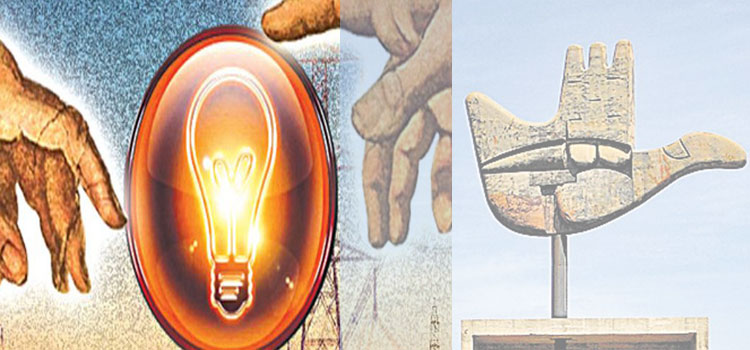CHANDIGARH: The UT electricity department has sought enhancement of its share of unallocated electricity quota from 4% to 14%. According to sources, the ministry in-principle has agreed to enhance the quota. For last year, the ministry had enhanced the quota from 4% to 10%.
The electricity department is hopeful of getting additional 100 megawatt (MW) of power to meet the peak-hour demand — period of high consumer demand — which it can draw from central generating stations around the clock.
The electricity department caters to more than 2 lakh consumers with an annual energy consumption of around 1,600 million units (MU). According to the official data, the department is facing peak hour power shortage of around 130 MW in 2018-19.
The projected annual average peak demand is 496, while available power is 366 MW.
The peak demand in the month of April is 338 MW, while the power available during the period is 226 MW. Similarly, in May, the department would have 283 MW of power against the projected peak demand of 461 MW with a shortfall of 178 MW, the highest in the year. In June, the power available during peak hours is 366 MW against the projected demand of 489 MW. In July, 338 MW power would be available against the peak demand of 466 MW. The second highest gap that is of 143 MW in the month of September. The available power is 294 MW against projected peak demand of 437 MW.
Peak hour is a period in which the consumer demand is highest. The gap between the projected peak power and available power reaches maximum during the summer season. UT superintending engineer M P Singh said they will start getting additional power after getting approval from the ministry. He further said it will be of great help to meet the peak-hour power demand. Power demand has steadily risen in the last few years and the non-availability of additional supplies has pushed the peakhour deficit.
Chandigarh does not have its own power plant and purchase from central generating stations such as Nuclear Power Corporation of India Limited, National Thermal Power Corporation Limited, Bhakra Beas Management Board, National Hydroelectric Power Corporation (NHPC) and the Satluj Jal Vidyut Nigam (SJVN). Power allocation from each station is fixed for a year, while the deficit is met through an unallocated quota and short-term power purchase.
